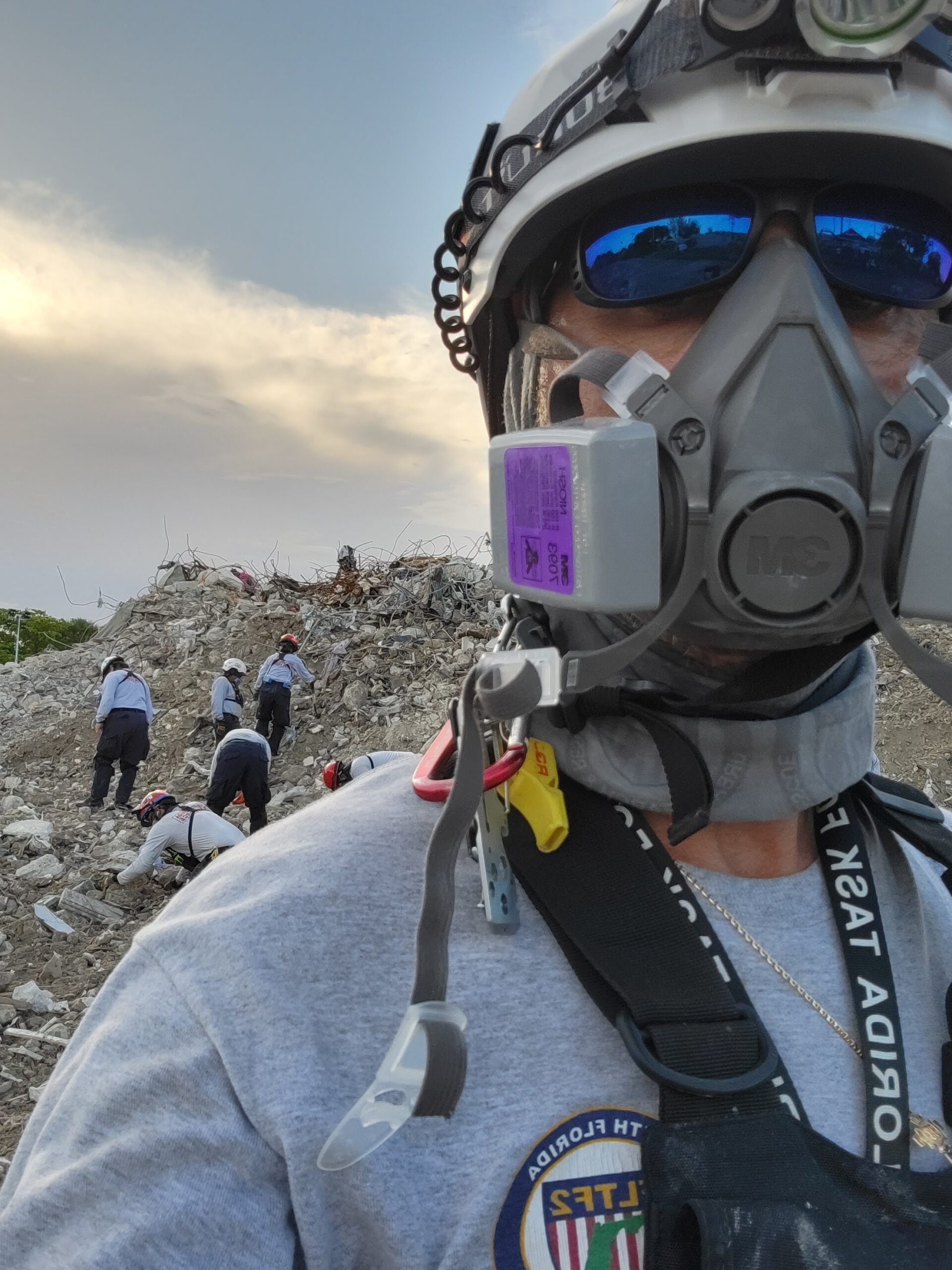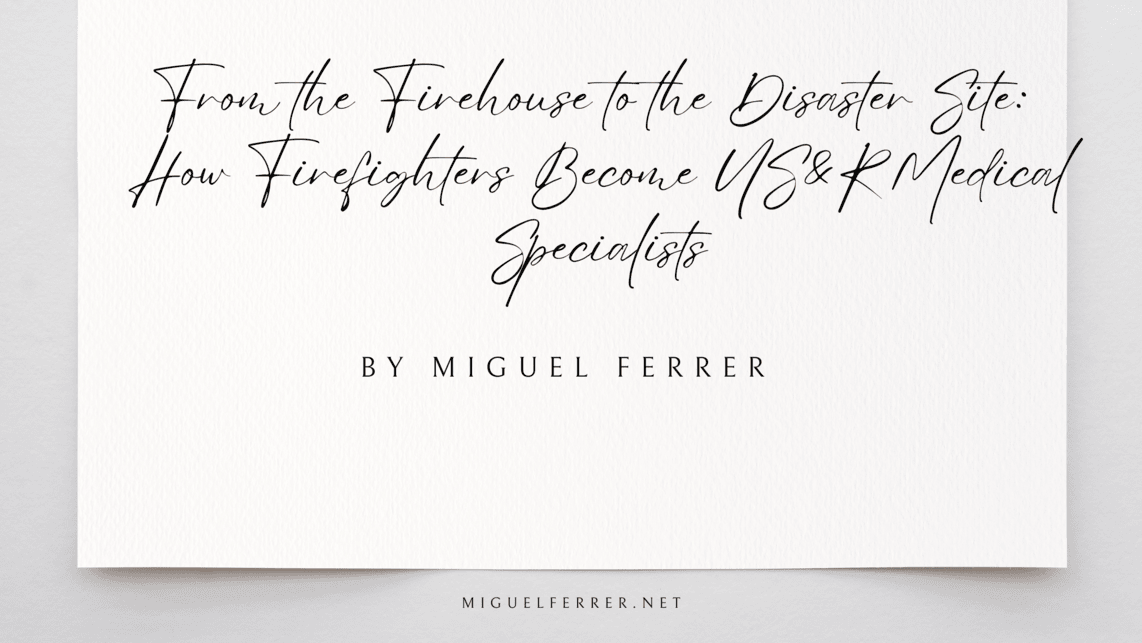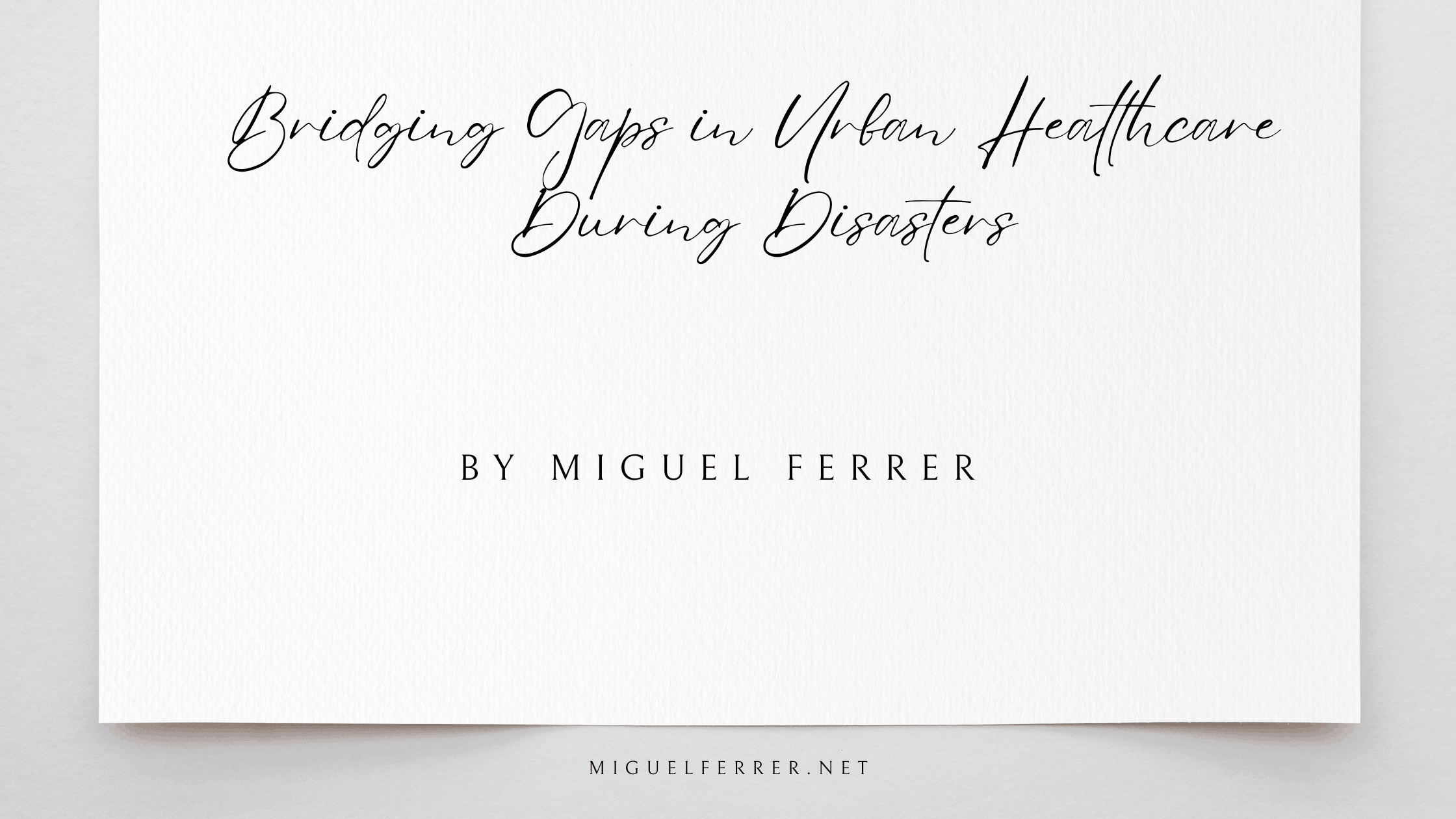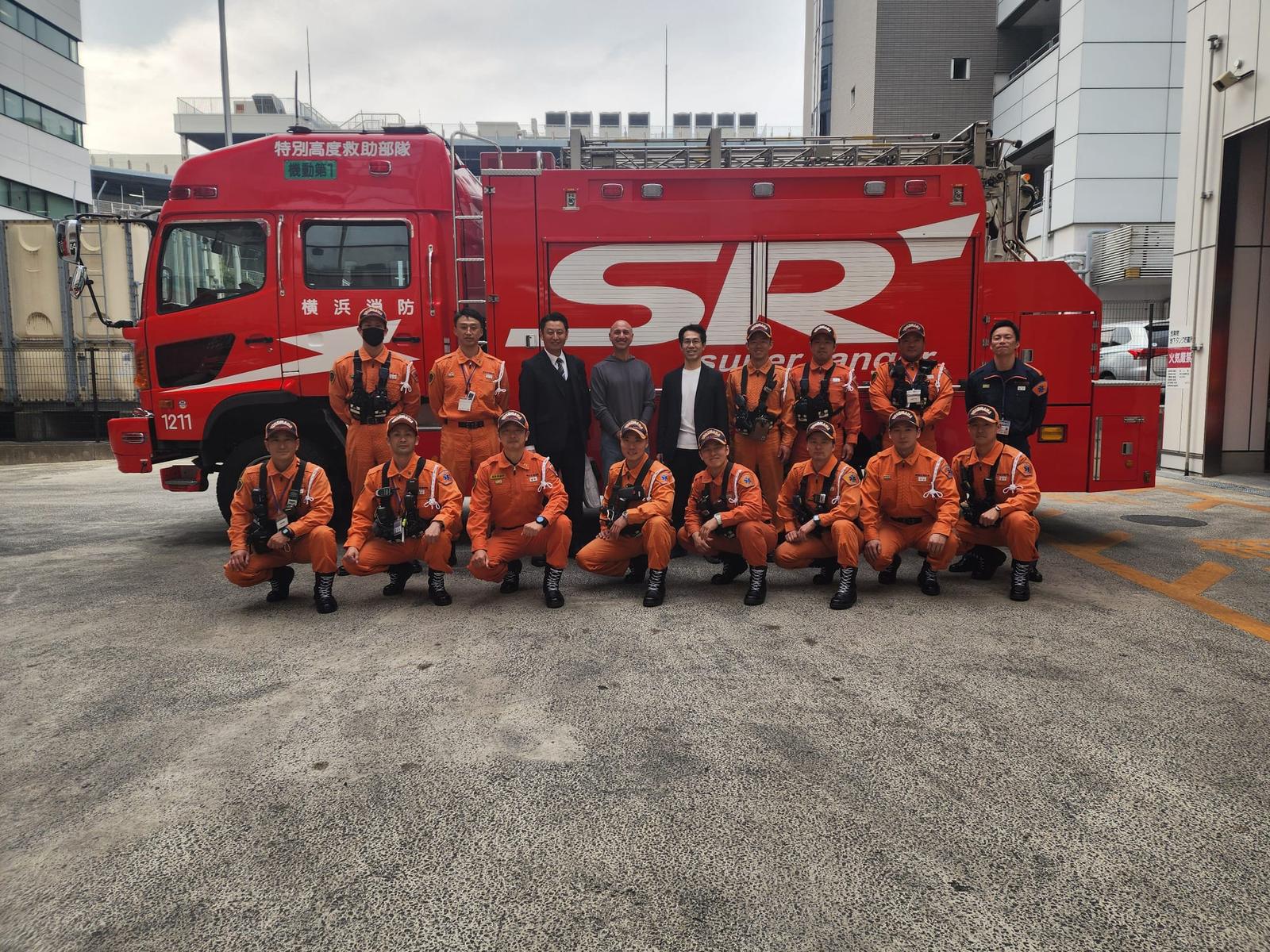Why Collaboration Between USAR Medical Specialists and Task Force Rescue Teams Saves Lives
In disaster response, nothing happens in isolation. Every life saved is the result of multiple
disciplines coming together under pressure, working as one. Over the years, on deployments
from hurricanes to Surfside, I’ve seen firsthand how critical the collaboration is between medical
specialists and rescue elements on a task force. When those two groups are locked in step,
lives get saved that otherwise wouldn’t make it.
When a task force arrives on scene — whether it’s a collapsed structure, a wide-area search, or
a large-scale fire — the rescue squads are usually the first moving into the hot zone. Their job is
to stabilize hazards, gain access, and extricate victims. Right behind them, medical specialists
are staged and ready to receive patients, provide triage, and initiate care. That handoff only
works when the communication and coordination are tight. Seconds matter, and both roles
depend on each other.
Mass casualty incidents (MCIs) highlight this better than anything. In a derailment or
multi-vehicle crash, rescue personnel work to free victims and bring them out of the hazard
zone. At the same time, the medical component is setting up triage and treatment areas. It’s not
just about pulling people out — it’s about making sure the right patients are prioritized and
moved where they’ll get care fastest. Rescue needs medical, and medical needs rescue.
The system works because of trust built long before the disaster. Joint task force training —
whether it’s collapse scenarios, HAZMAT evolutions, or wide-area search drills — ensures that
medical specialists know what the rescue side is capable of, and vice versa. If I’m standing as
the Medical Unit Leader or operating as a Medical Specialist, I don’t have to wonder what the
rescue team will deliver to me. I already know their tempo, their challenges, and how they’re
likely to move patients. And they know I’ll be staged, ready, and equipped to take over care.
Hazardous materials incidents take the collaboration even further. Rescue elements trained in
HAZMAT are focused on controlling and neutralizing the threat. Medical’s role is victim decon
and treatment for exposures. Both sides have very different tasks, but the operation fails if they
don’t sync perfectly.
And it’s not just about the initial rescue phase. In recovery operations, task forces often work
side by side with medical staff to support shelters, deliver supplies, and even provide mental
health support to responders and survivors. That partnership helps communities move forward.
We’ve all seen real-world proof of what this collaboration means. On 9/11, and in countless
hurricanes and collapses since, USAR medical and rescue components worked shoulder to
shoulder under impossible conditions. Those successes weren’t by accident — they were the
result of years of training, trust, and understanding that in disaster response, no one discipline
can do it alone.
Of course, it’s not always easy. Communication breakdowns, logistics, and the mental toll can
strain even the best-trained task force. That’s why we need continued joint exercises,
investment in technology like incident command software and GPS tracking, and strong peer
support for responders’ mental health.
For me, the takeaway after three decades of deployments is simple: when medical specialists
and rescue elements operate as one, we maximize survivability. The mission gets done, victims
get out, and people live to go home. That’s the power of collaboration inside a USAR task force
— and it’s the reason we train, prepare, and keep pushing for better ways to work together.







